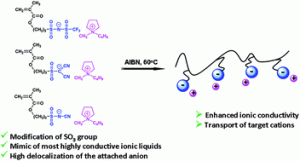The Innovation in Polymer Science and Technology 2011 (IPST2011) was held in Bali, Indonesia on November 28 – December 1, 2011. The event was organised by Indonesian Polymer Association (HPI) under the auspices of Asian Polymer Association (APA).
The format consisted of workshop and micro‐symposium on Polymer in Biomedical and Pharmacy Applications, Conference and Exhibition. IPST2011 was attended by more than 200 participants from 16 countries, presenting about 160 paper works consist of 80 oral and 80 poster presentations, including 10 plenary speakers, 30 keynote and invited speakers.
Plenary lectures were delivered by Jöns Hilborn (Sweden), Didier Letourneur (France) and Der‐Jang Liaw (Taiwan) at the first day, while Kell Mortensen (Denmark), Atsushi Suzuki (Japan) and Anil Kumar Bhowmick (India) in the second day. Suminar S. Achmadi (Indonesia) and William H. Starnes Jr. (USA) presented their lectures at the third day. Finally, Markus Meyer (Germany) and Asmuwahyu Saptorahardjo (Indonesia) delivered the plenary lectures on industrial applications of polymers.
The Asian Polymer Association presented a 2011 APA award to Prof. Atsushi Suzuki of Yokohama National University, Japan. Meanwhile, HPI award for the 2011 was presented to Ms. Nursyamsu Bahar from Research Center of Pulp and Paper, Ministry of Industry of Republic of Indonesia, Bandung, Indonesia for her lifetime contributions in polymer research as well as in the polymer society in Indonesia.
The best student posters were awarded to 5 students: Mohamad R. Ishak (Malaysia), Khairanissa Muchlis (Indonesia), Teenakrishna Sehgal (India), Geu‐Bim Lee (Korea) and Tomoki Yoshida (Japan). Tomoki Yoshida was also honored the Polymer Chemistry Best Poster Prize. Shuntaro Tsubaki (Japan) and Paula S. Rudati (Indonesia) were awarded the best oral presentation prize.
The IPST2011 was officially closed by Mr. Sudirman who elected on HPI Congress in Bali and succeeded Mr. Sunit Hendrana as the chairman of Indonesian Polymer Association.
Report by Edy Giri Rachman Putra


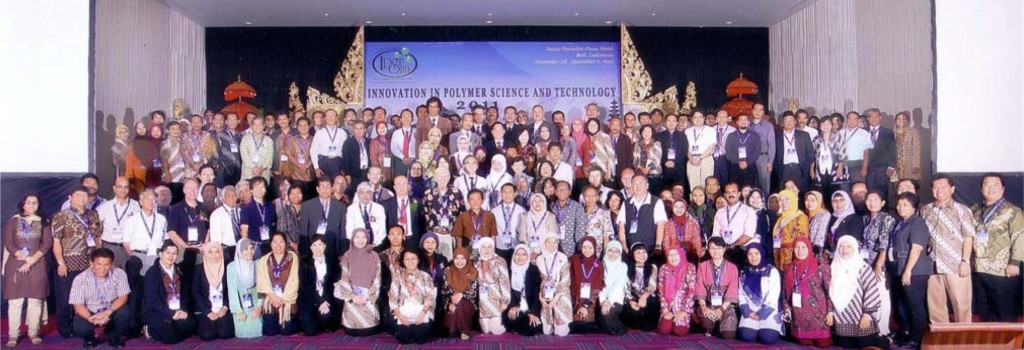









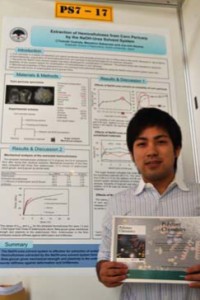
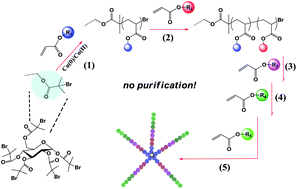
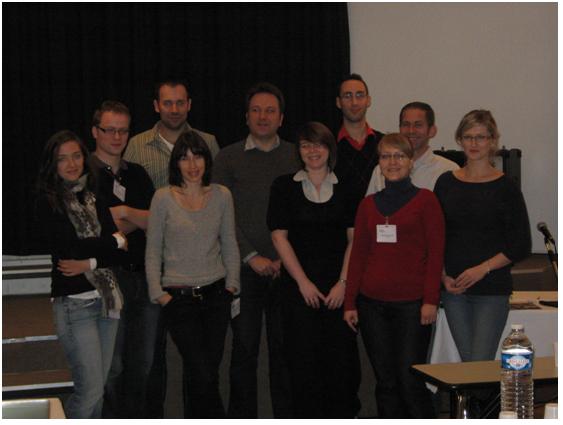

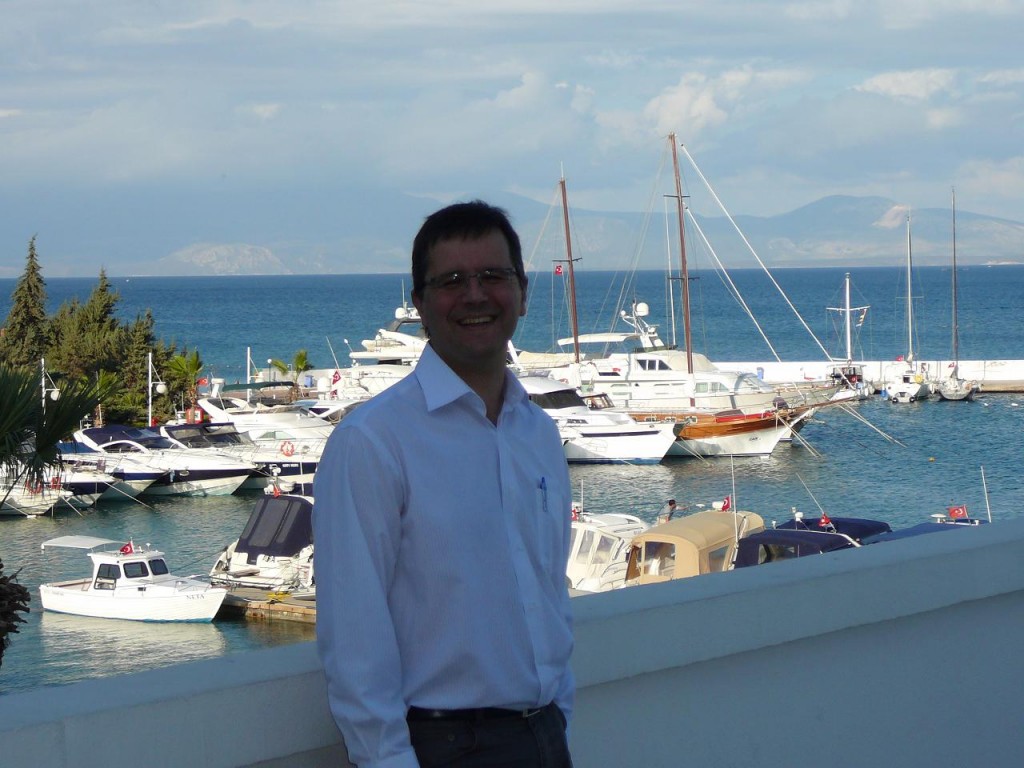
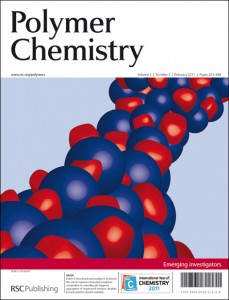
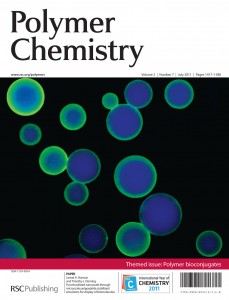
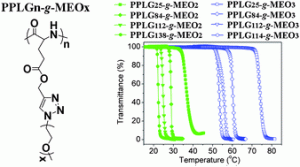
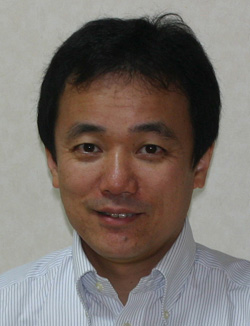 Masami Kamigaito was born in 1965 in Nagoya, Japan. He received his B.S. (1988), M.S. (1990), and Ph.D. (1993) in polymer chemistry from Kyoto University under the direction of Professor Toshinobu Higashimura. After conducting postdoctoral research with Professor Mitsuo Sawamoto, he joined the faculty of Kyoto University in 1995, where he was promoted to Associate Professor in 1999. In 2003, he moved to Nagoya University and worked as an Associate Professor with Professor Yoshio Okamoto. In 2004, he was promoted to Professor. From 1997–1998, he worked as a visiting scientist at Stanford University with Professor Robert M. Waymouth. He was the recipient of the 2001 Arthur K. Doolittle Award of the ACS PMSE Division, the 2009 Wiley Polymer Science Award of the Society of Polymer Science, Japan, and the 2010 Japan IBM Science Award (Chemistry). His research interests include controlled radical and cationic polymerizations, the development and application of new polymerizations to precision polymer synthesis, and controlled polymerizations of renewable vinyl monomers.
Masami Kamigaito was born in 1965 in Nagoya, Japan. He received his B.S. (1988), M.S. (1990), and Ph.D. (1993) in polymer chemistry from Kyoto University under the direction of Professor Toshinobu Higashimura. After conducting postdoctoral research with Professor Mitsuo Sawamoto, he joined the faculty of Kyoto University in 1995, where he was promoted to Associate Professor in 1999. In 2003, he moved to Nagoya University and worked as an Associate Professor with Professor Yoshio Okamoto. In 2004, he was promoted to Professor. From 1997–1998, he worked as a visiting scientist at Stanford University with Professor Robert M. Waymouth. He was the recipient of the 2001 Arthur K. Doolittle Award of the ACS PMSE Division, the 2009 Wiley Polymer Science Award of the Society of Polymer Science, Japan, and the 2010 Japan IBM Science Award (Chemistry). His research interests include controlled radical and cationic polymerizations, the development and application of new polymerizations to precision polymer synthesis, and controlled polymerizations of renewable vinyl monomers.